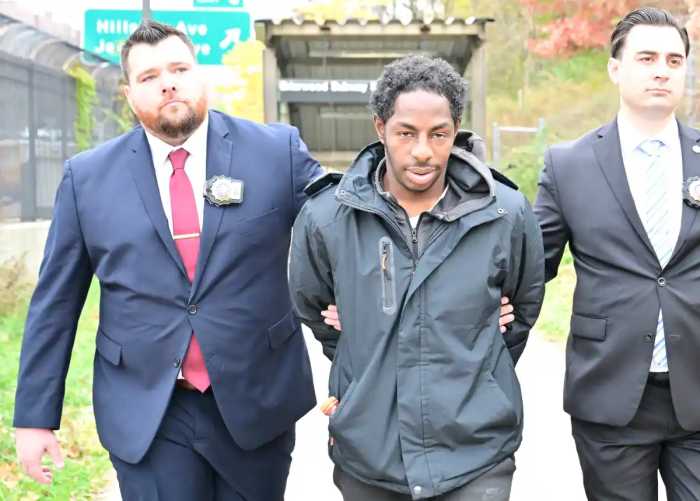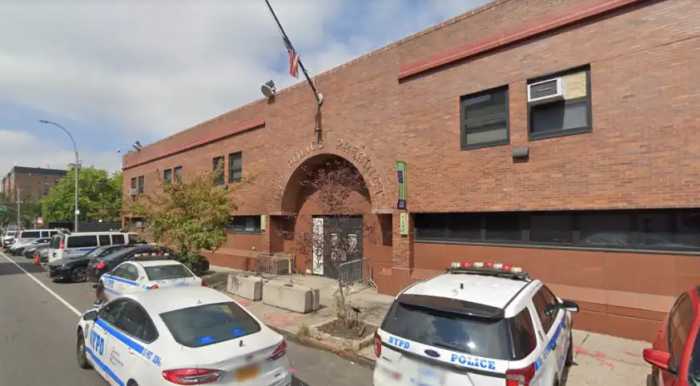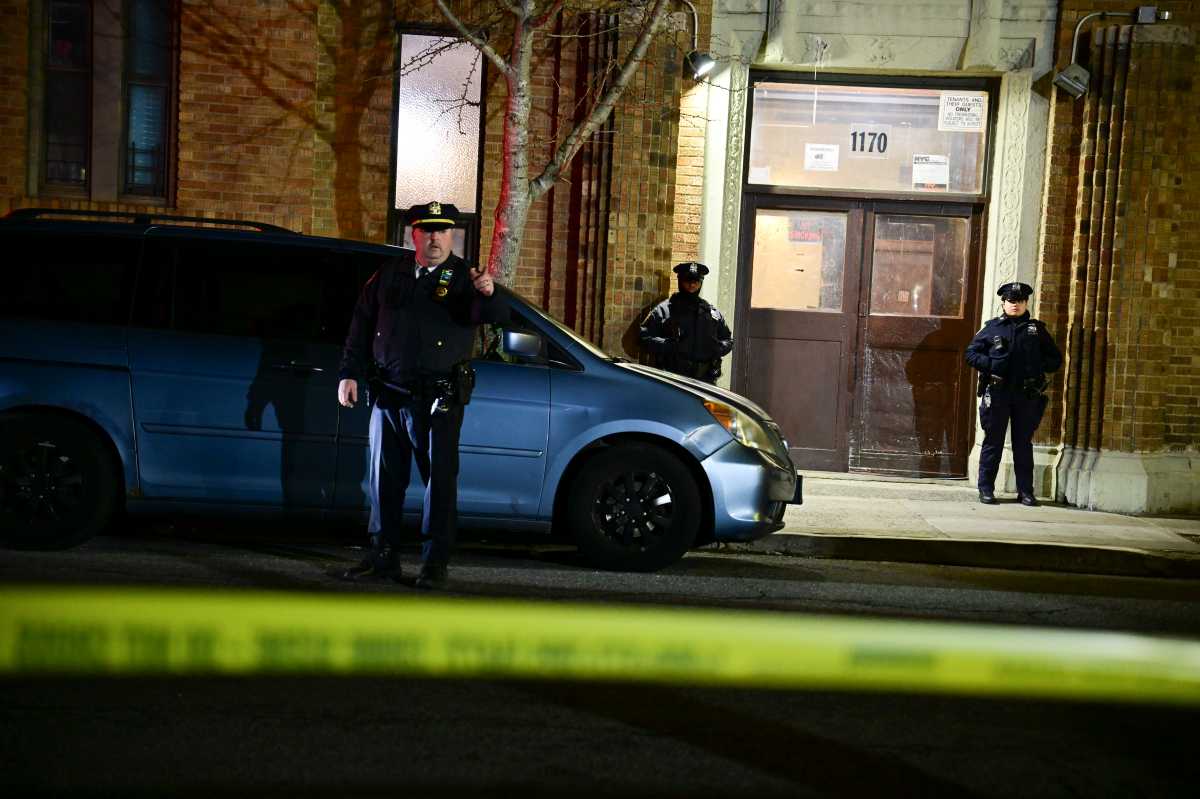With the 2018 legislative session convening in Albany Jan. 9, the Independent Commission on New York City Criminal Justice and Incarceration Reform released a report detailing the progress made towards closing Rikers Island and outlining how key state-level criminal justice reforms around bail, open discovery, speedy trial and parole ultimately could reduce the city’s jail population by more than 3,000 people.
This projection comes at a time when the city has already experienced a steady decline in jail population, including the reduction from 9,753 inmates to 8,254 in a two year period from September 2016 to September 2018.
“Since the Commission released ‘A More Just City,’ our blueprint for increasing fairness and public safety in April 2017, we have made significant progress towards the monumental goal of closing the jails on Rikers Island once and for all,” former New York State Chief Judge Jonathan Lippman, the commission’s chair, said. “Local efforts to reduce incarceration have already helped reduce the jail population by 1,500 people over the past two years and the city has identified sites for borough-based facilities in chich to house a smaller criminal justice system.”
The progress report projects jail population reductions based on enacting specific reforms such as pretrial detention and ending cash bail which could mean 2,000 less people in jail, case processing for speedy trial and discovery reform could reduce the jail population by another 800 people. Reforming parole practices could mean an additional 650 fewer people in jail according to the commission’s report.
“The coming year will be decisive,” Lippman said. “In Albany, with new leadership in the state Senate, we have a real opportunity for meaningful reforms that could reduce the number of people in jail by more than 3,000.”
In Queens, the borough-based proposal would redevelop the dormant Queens Detention Center complex — located at 126-02 82nd Ave. in Kew Gardens, adjacent to the Queens Criminal Courthouse — and the nearby municipal parking lot into a correction center with space for 1,150 prisoner beds. Community and civic organizations are gearing up for a fight like the one groups in Manhattan put up that caused the city to scrap its plans for a detention center at 80 Centre St. last month.
“Here in New York City, the public land use process for siting borough-based facilities is set to occur throughout 2019, a critically important hurdle to traverse in closing Rikers as soon as possible,” Lippman said. “The road ahead will undoubtedly be challenging, yet the near-daily reports of inhumane conditions in our local jail system are stark reminders of the urgent need to act now to end incarceration on Rikers.”
In the report, the Commission reiterates its call for the city to identify ways to reduce the size of the proposed borough facilities, such as lowering bed capacity.


































